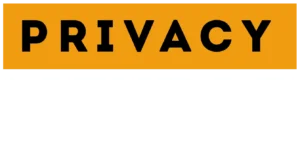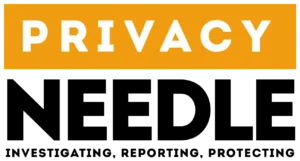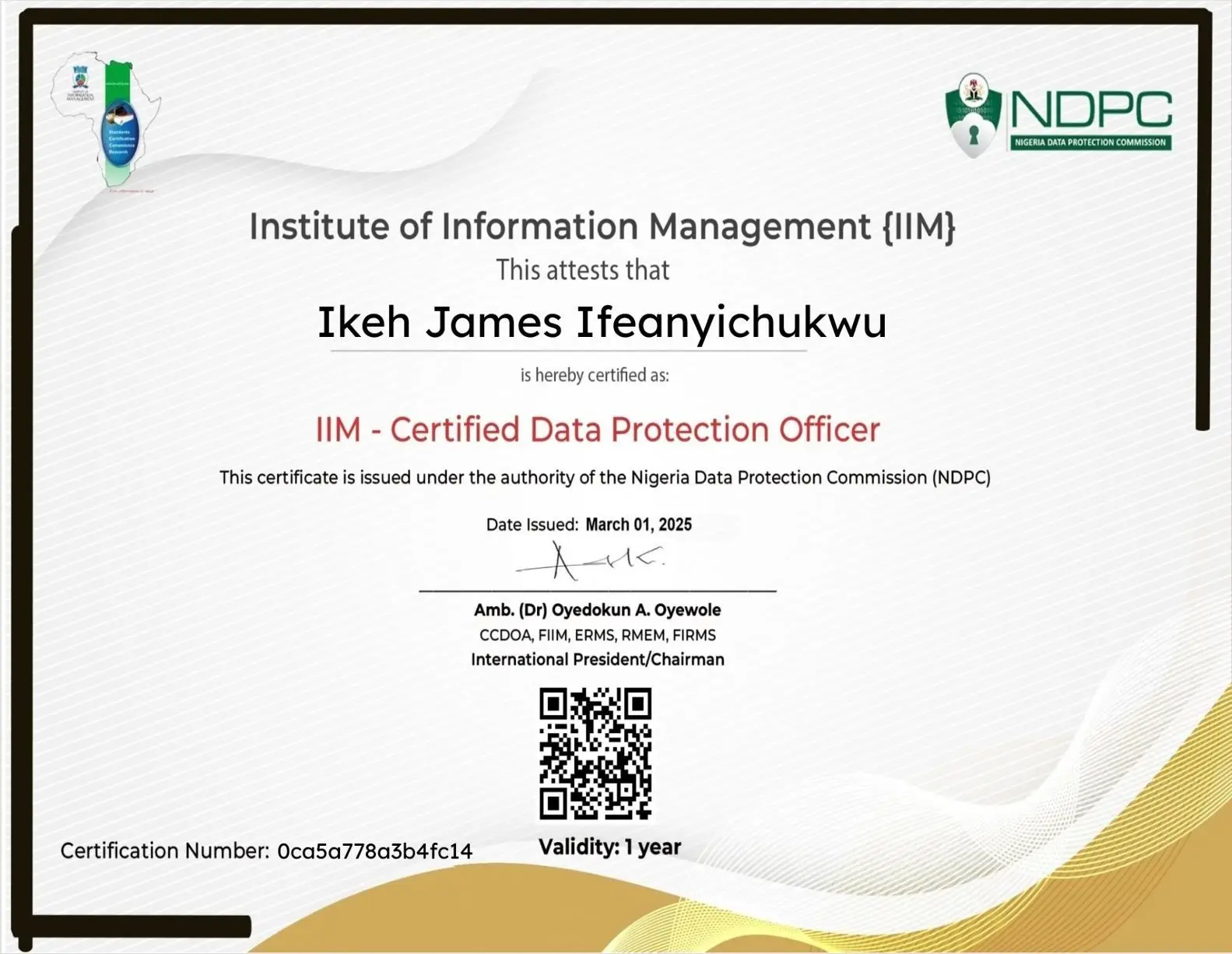PCI DSS v4.0 – What Every Online Business Must Know in 2026
Share

In an era where digital payments dominate global commerce, data breaches and cyberattacks have become increasingly common. As a result, maintaining payment card security is no longer optional — it’s a business necessity.
The Payment Card Industry Data Security Standard (PCI DSS) is the global benchmark for protecting cardholder data. With the release of PCI DSS v4.0, businesses must adapt to new compliance requirements before the 2025 enforcement deadline. By 2026, only companies fully aligned with v4.0 will be considered compliant.
This article breaks down what PCI DSS v4.0 means, how it differs from previous versions, and what every online business — from e-commerce stores to fintech platforms — needs to do to stay compliant and secure.
What Is PCI DSS?
The PCI DSS (Payment Card Industry Data Security Standard) was established by the PCI Security Standards Council (PCI SSC), a global body formed by major card brands — Visa, Mastercard, American Express, Discover, and JCB — to standardize cardholder data protection.
It applies to any organization that stores, processes, or transmits payment card data. Non-compliance can result in heavy fines, loss of the ability to process cards, and reputational damage.
Why PCI DSS v4.0 Was Introduced
The last major update, PCI DSS v3.2.1, was released in 2018. Since then, the digital landscape has changed dramatically:
- Rise of remote work and cloud services
- Growth of contactless and mobile payments
- Increasing sophistication of cyberattacks
- Expansion of global privacy laws like the GDPR and NDPA
To address these realities, PCI DSS v4.0 introduces a more adaptive, risk-based approach to security.
Key Changes in PCI DSS v4.0
Here’s a quick comparison of v3.2.1 vs v4.0:
| Category | PCI DSS v3.2.1 | PCI DSS v4.0 | Impact on Businesses |
|---|---|---|---|
| Approach | Prescriptive controls | Flexible, outcome-based controls | Businesses can customize security approaches |
| Authentication | Basic MFA (Multi-Factor Authentication) for admins | MFA required for all access to cardholder data | Stronger defense against credential theft |
| Encryption | Focused on storage and transmission | Broader encryption scope, including cloud and APIs | Improves protection for modern digital systems |
| Risk Management | Periodic assessments | Continuous, dynamic risk assessments | Encourages proactive security |
| Compliance Reporting | Static validation templates | Enhanced reporting & validation options | Easier for different business types |
| Awareness Training | General security training | Role-specific training and accountability | Builds stronger human defense layer |
Major Focus Areas in PCI DSS v4.0
1. Continuous Security, Not Just Annual Audits
PCI DSS v4.0 promotes ongoing compliance — security must be maintained year-round, not just during assessment periods.
2. Expanded Scope for Multi-Factor Authentication (MFA)
All users accessing cardholder environments (not just admins) must use MFA, protecting against phishing and credential stuffing attacks.
3. Customized Implementation Approach
Organizations can now choose how to meet security objectives. For example, instead of following one strict technical method, you can adopt alternative controls — provided they achieve the same outcomes and are well-documented.
4. Enhanced Password and Encryption Policies
Strong cryptography and updated password rules align with modern authentication standards like NIST SP 800-63B.
5. Focus on Cloud and Service Providers
As more businesses move to cloud infrastructure, v4.0 clarifies shared security responsibilities between service providers and clients.
6. Security Awareness and Culture
Emphasis on security awareness training, ensuring employees understand how their actions impact cardholder data protection.
Timeline for PCI DSS v4.0 Compliance
| Date | Milestone | Details |
|---|---|---|
| March 2022 | v4.0 officially released | Start of transition phase |
| March 2025 | v3.2.1 retired | All assessments must be against v4.0 |
| March 2026 | Full enforcement | All future audits, penalties, and certifications under v4.0 |
By 2026, every organization handling card data must demonstrate full PCI DSS v4.0 compliance.
Why PCI DSS v4.0 Matters for Online Businesses
1. Protects Customer Trust
A single data breach can destroy reputation. Compliance reassures customers that their card data is handled securely.
2. Prevents Financial Penalties
Fines can reach $500,000 per incident, not counting losses from fraud or legal suits.
3. Strengthens Global Compliance Alignment
PCI DSS v4.0 complements data privacy laws like the GDPR, NDPA (Nigeria Data Protection Act), and California Consumer Privacy Act (CCPA).
4. Reduces Risk of Cyberattacks
By integrating risk management, MFA, and encryption, businesses can proactively defend against evolving threats.
Practical Steps for Achieving PCI DSS v4.0 Compliance
- Understand Your PCI Scope
Identify all systems that process, transmit, or store cardholder data. - Implement Strong Access Controls
Enforce MFA, role-based permissions, and strict password management. - Regularly Monitor and Test Networks
Use intrusion detection and vulnerability scanning tools. - Maintain a Risk Register
Document and review potential risks frequently. - Train Employees
Conduct periodic, role-based security awareness sessions. - Engage a Qualified Security Assessor (QSA)
External experts can validate compliance readiness and reduce errors.
Common Compliance Challenges
| Challenge | Impact | Solution |
|---|---|---|
| Misconfigured cloud services | Data exposure | Use shared responsibility models |
| Weak vendor management | Third-party breaches | Require vendor compliance proof |
| Outdated security policies | Fines, penalties | Regular policy reviews and updates |
| Lack of documentation | Failed audits | Maintain continuous compliance records |
Real-World Case Example
In 2024, a mid-sized e-commerce retailer in Europe suffered a data breach affecting over 200,000 credit card records. Post-investigation revealed weak encryption and outdated authentication methods.
By implementing PCI DSS v4.0-aligned controls — including MFA, continuous monitoring, and encryption updates — the company restored compliance and regained customer trust within months.
Frequently Asked Questions (FAQ)
Q1: Who needs to comply with PCI DSS v4.0?
Any organization that processes, transmits, or stores payment card information, regardless of size or transaction volume.
Q2: Is PCI DSS a legal requirement?
It’s not a law but an industry mandate. However, non-compliance can lead to contract termination by card brands and financial penalties.
Q3: How often must businesses assess compliance?
Annually, but PCI DSS v4.0 encourages continuous compliance through regular monitoring.
Q4: Does PCI DSS v4.0 apply to small merchants?
Yes. Smaller merchants may have simplified reporting (SAQ) but must still meet all security objectives.
Conclusion
As we approach 2026, PCI DSS v4.0 sets a new global standard for protecting payment data in an increasingly digital economy.
Businesses that embrace these updates proactively will not only avoid fines and breaches but also earn customer trust, enhance cybersecurity posture, and future-proof their operations.
Compliance isn’t just about checking boxes — it’s about demonstrating a commitment to data protection, transparency, and long-term digital resilience.




























Leave a Reply